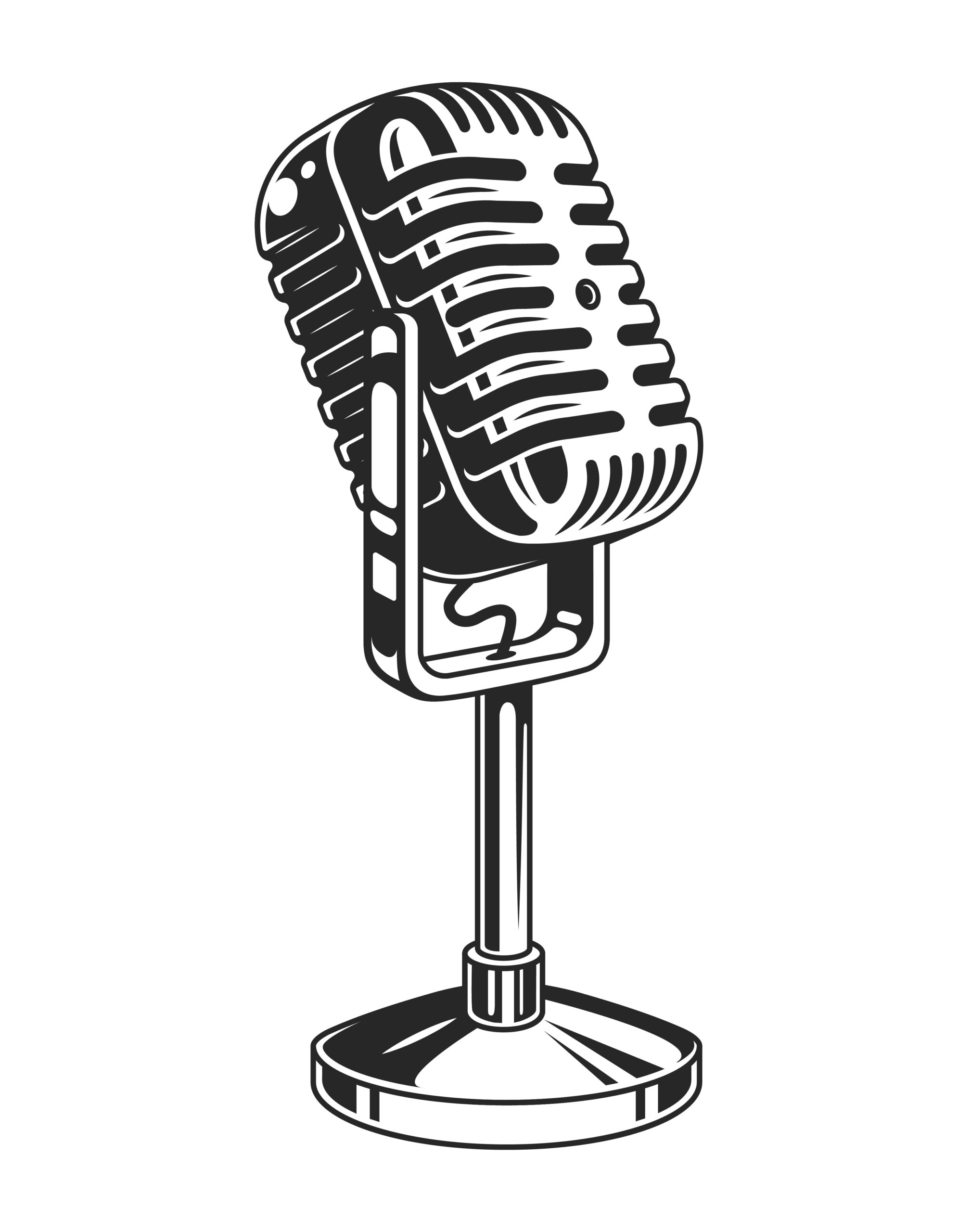Description
The Lewitt LCT540S Large-Diapragm Condenser Microphone – RECORDING EQUIPMENT Studio Microphones by Lewitt is In Stock available for £517 + Delivery.
The engineering of this particular piece of cutting-edge audio technology asked for a forward-thinking approach towards capsule and circuit design. As a result, a way of experiencing sound at infinite depth and absolute precision came to life; its name, the LCT 540S.
[video_1]
Get involved with tone and sound in ways unheard and bring your recordings to perfection by capturing all the fine-grained characteristics that constitute each moment of your performance. Rediscover your instrument and voice on a whole new level of musical detail.
- 1" true condenser studio microphone with cardioid polar pattern
- Developed in close cooperation with world-renowned producers and audio engineers
- First and foremost designed to be an outstanding vocal microphone.
- Naturally, thanks to its specifications, it is suitable for almost any application.
0dB Self-Noise Architecture
Better than Human Hearing
To see how good our hearing is in a purely technical way we can look at the threshold of hearing. Bear in mind that our hearing threshold is very frequency dependent. Human hearing is less sensitive towards low and very high frequencies and most sensitive around 2 – 5 kHz. Comparing the hearing threshold to the self-noise values of the LCT 540S, you can clearly see that our microphone is always below the threshold of hearing. The entire frequency spectrum is important, here, because looking at a microphone’s self-noise as a single value just isn’t detailed enough when discussing high-end sound transducers.
9900 Pounds of Measurement
The better the microphone, the more difficult self-noise measurement gets. You need a place where no outside noise will interfere with the measurement result. This is especially difficult for lower frequencies. To measure the self-noise of the LCT 540S, we needed to build a unique measurement device that is more than ten times more massive than conventional ones, weighing over 4500 kg or 9900 pounds in total. It heavily dampens frequencies up to a 1/10,000th of their sound pressure. The whole frequency range of a microphone from 20 Hz to 20,000 Hz is dampened by 60 dB, up to 80 dB on the higher frequencies.
Why is low self noise important?
When you climb a mountain, and the weather is clear, your reward is a fantastic view. If it is partly cloudy or foggy, the payoff is profoundly reduced. The same goes for recording. Some peaks stick out of the noise floor (fog), but if you remove as much noise as possible, you will be rewarded with details that were buried before.
This microphone can pick up the subtlest details in vocals or instruments, an almost inaudible whispering can be pushed up and sound crystal clear. Many noise issues only reveal themselves in post-production. Once you start compressing the signals a pr






